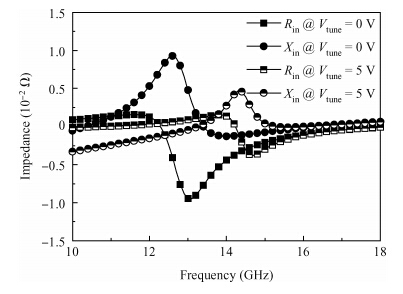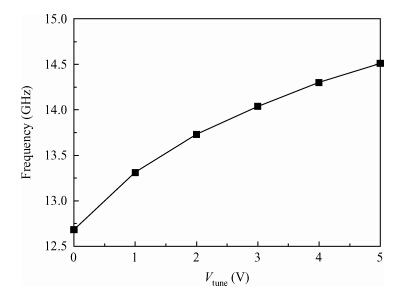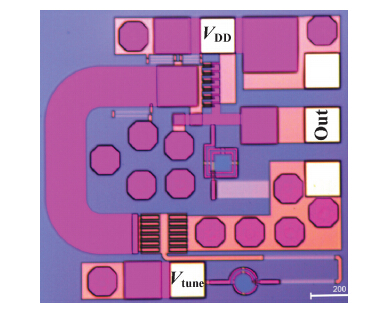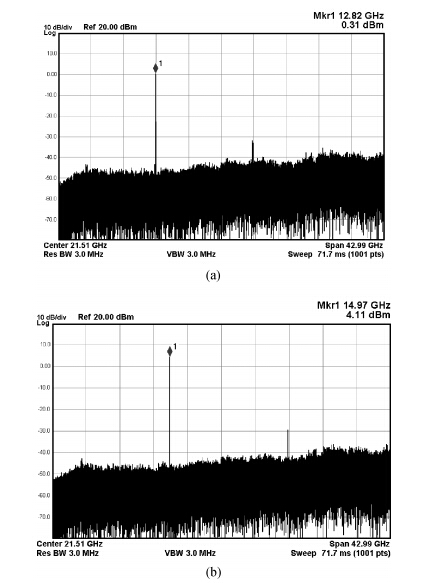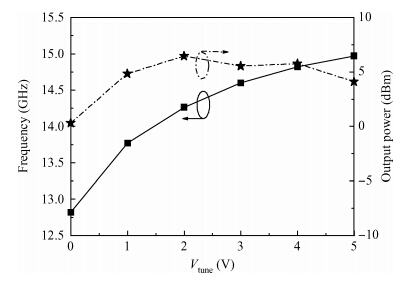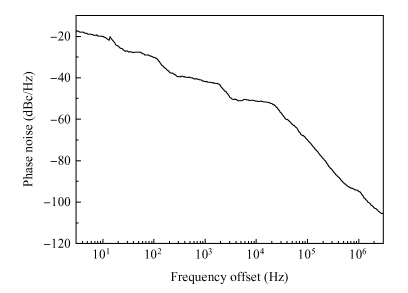| Citation: |
Jincan Zhang, Yuming Zhang, Hongliang Lü, Yimen Zhang, Bo Liu, Leiming Zhang, Fei Xiang. A Ku-band wide-tuning-range high-output-power VCO in InGaP/GaAs HBT technology[J]. Journal of Semiconductors, 2015, 36(6): 065010. doi: 10.1088/1674-4926/36/6/065010
****
J C Zhang, Y M Zhang, H Lü, Y M Zhang, B Liu, L M Zhang, F Xiang. A Ku-band wide-tuning-range high-output-power VCO in InGaP/GaAs HBT technology[J]. J. Semicond., 2015, 36(6): 065010. doi: 10.1088/1674-4926/36/6/065010.
|
A Ku-band wide-tuning-range high-output-power VCO in InGaP/GaAs HBT technology
DOI: 10.1088/1674-4926/36/6/065010
More Information
-
Abstract
A fully integrated Ku-band voltage controlled oscillator (VCO) is presented in an InGaP/GaAs heterojunction bipolar transistor (HBT) technology. To achieve the wide tuning range (TR), the VCO employs a Colpitts configuration, and the VCO simultaneously achieves high output power. The implemented VCO demonstrates an oscillation frequency range from 12.82 to 14.97 GHz, a frequency TR of 15.47%, an output power from 0.31 to 6.46 dBm, and a phase noise of-94.9 dBc/Hz at 1 MHz offset from 13.9 GHz center frequency. The VCO consumes 52.75 mW from 5 V supply and occupies an area of 0.81 × 0.78 mm2. Finally, the figures-of-merit for VCOs is discussed. -
References
[1] [2] [3] [4] [5] [6] [7] [8] [9] [10] [11] [12] [13] [14] [15] -
Proportional views





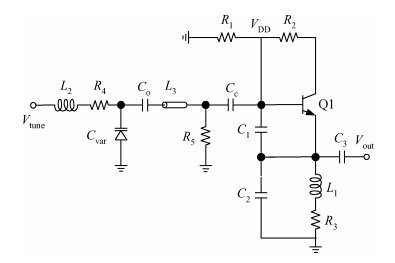
 DownLoad:
DownLoad:
